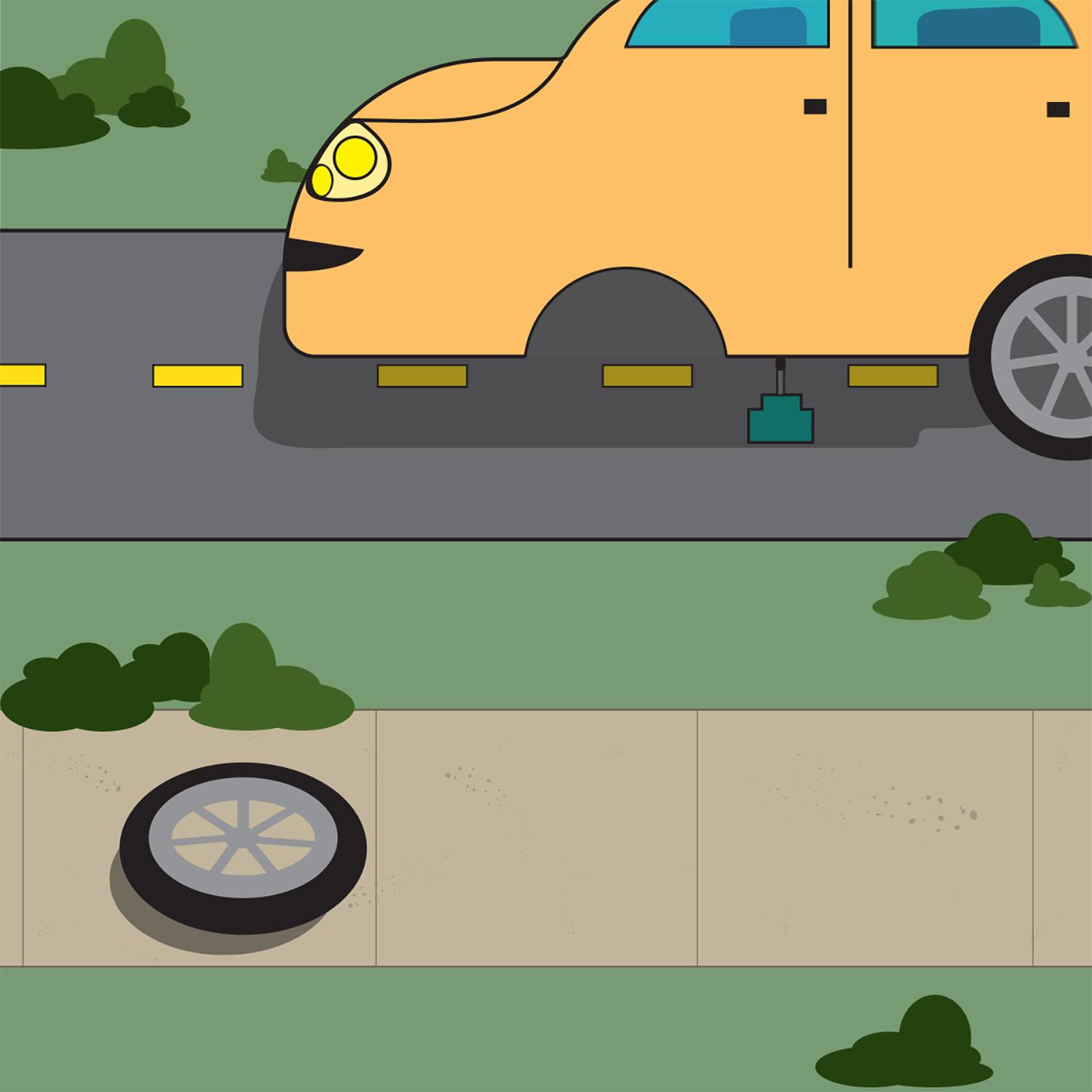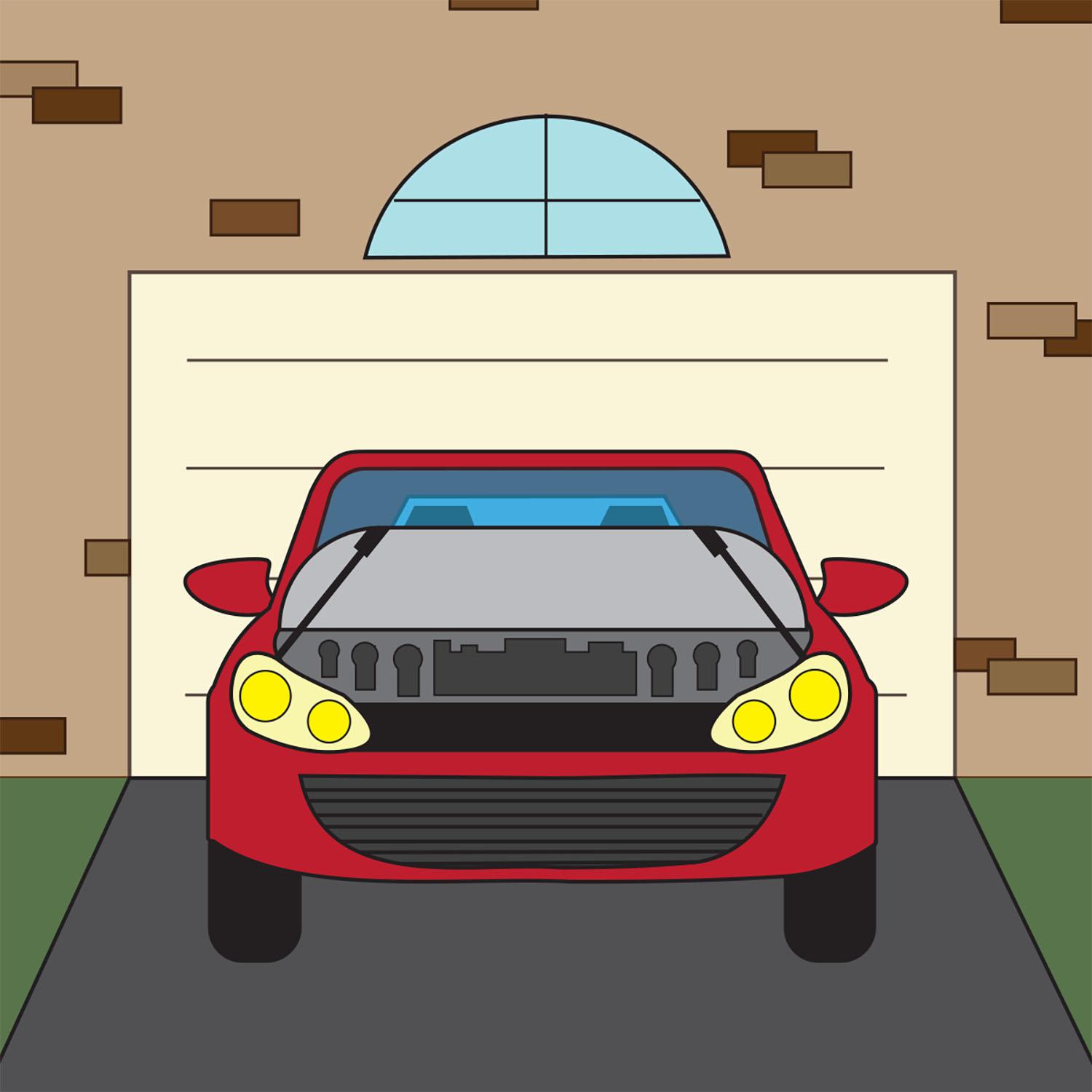Many students at WKU are far from home, and car issues are bound to happen. Here are some tips to try to avoid and navigate those issues. Do yourself a favor and keep the five items listed in the trunk of your vehicle in case a situation goes awry.
1. Car jack
A car jack is necessary for changing a tire. It is extremely dangerous and nearly impossible to put on a spare tire without a jack.
2. Four-way wrench
Several tools can be used to remove lug nuts, but the most efficient way to loosen or tighten them is with a four-way wrench.
3. Spare tire
Although rather obvious, a spare tire should be kept somewhere in the vehicle for safety and convenience.
4. Antifreeze
Lack of antifreeze can cause a vehicle to either overheat or freeze. Try to always have at least a small amount of antifreeze on hand.
5. Tire pressure gauge
Some vehicles have a tire pressure sensor programmed into the computer of the car. Others, though, require manual monitoring to ensure the tire is fully inflated.

How to change a tire using a car jack, four-way wrench and spare tire
Begin by loosening the lug nuts on the tire with a four-way wrench, then put a jack under the vehicle to elevate it. Never crawl under the vehicle to work on it while it is only suspended by a jack; only work from the sides. Remove lug nuts completely with a four-way wrench. Now, remove the old or flat tire and replace with a new or spare. Put the lug nuts back with a four-way wrench before lowering the vehicle. Carefully lower and remove the jack, then retighten lug nuts to ensure stability.
How to check antifreeze
First, before purchasing a bottle of antifreeze, know that no specific brand or type is necessary. If you do not know what type of antifreeze is already in your vehicle, a universal antifreeze is recommended. Once you’ve bought the right antifreeze, raise your hood — antifreeze should be in a clear container with a thermometer on the cap. The side of the container should have a “fill to” line. Pour antifreeze in the container until the liquid reaches the line.

How to check tire pressure using a pressure gauge
This is extremely simple. Remove the cap from the air valve on the tire, then put a tire pressure gauge on the valve. The reading should come out in a matter of seconds. Every tire should have a max psi on it, check to see what yours specifically is. If your tire pressure is above the max psi, allow a small amount of air to come out of the tire, then check the pressure again. Even if your vehicle has a sensor within the computer, it never hurts to manually check if something doesn’t feel right or the tire looks unusually low. If your tire pressure is low simply use an air pump, gas stations usually have them.
How to check vehicle oil
This one does not have a specific item along with it, but it is always smart to keep napkins or a rag in your car in case you need to check the oil. Open the hood and search for the oil dipstick in the oil tank, which is located in a different spot on every make and model. Remove the dipstick and wipe off the excess oil with a rag. Then put the dipstick back in the oil and remove it once more. Every dipstick should have a set of dashed lines. Either add more oil until it reaches dashed lines, or if the oil is dark and dirty, your vehicle requires an oil change. The type of oil required for the vehicle should be written on the oil cap or in the car manual.
Check with your insurance company to see if your plan offers roadside assistance, or if you or your parents have a AAA membership, call them for assistance.



